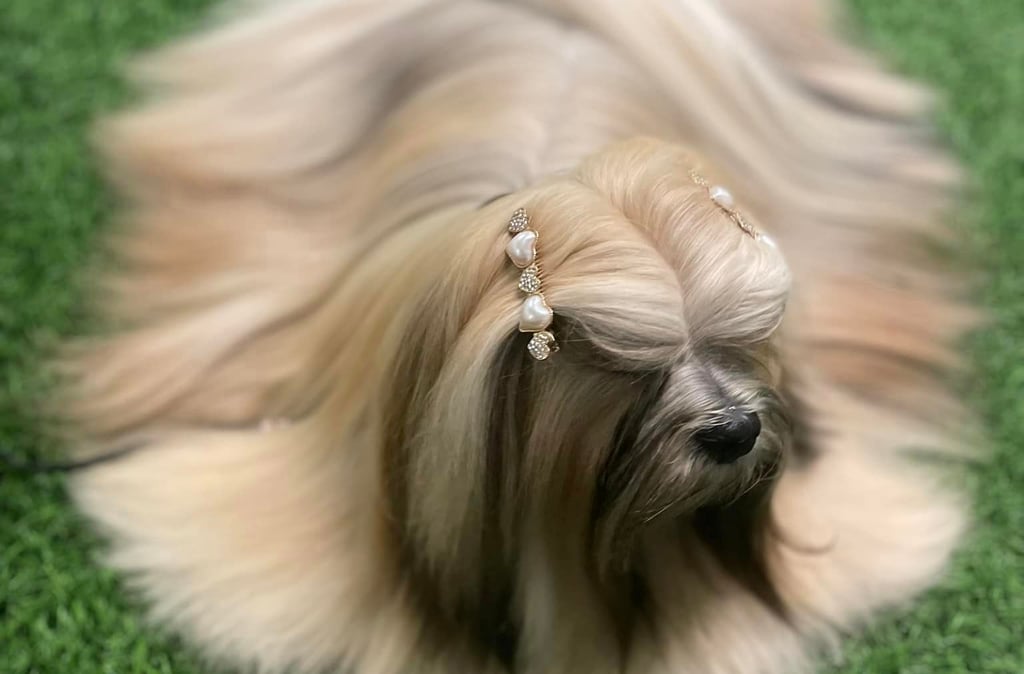The Genetic Diversity Chronicles: The Dark Side of Inbreeding
Welcome, dear readers, to the fascinating and sometimes bewildering world of dog genetics! Today, we're embarking on a journey through the genetic maze that reveals the dark side of inbreeding. Grab your leash and let's get started!
Laura Lhasafam
5/7/20252 min read


Building a Genetic House: The Blueprint Analogy
Imagine building a house with numerous subcontractors—framers, electricians, plumbers, bricklayers—all working together. Each worker gets two sets of blueprints for their part of the job. If one set gets damaged, they still have a good set to work from. Now, think of genes as these blueprints. If there's a mistake in the blueprint, the worker either messes up the job or doesn't finish it. Welcome to the world of alleles and gene loci!
Genetic Diversity: The Spice of Life
Genetic diversity in a population means having a variety of alleles evenly distributed. It's like having a diverse menu at a restaurant—more options mean better chances of finding something you like. But in an isolated population, like a quarantine country or a small breeding group, genetic diversity can quickly disappear. Enter Mr. Wonderful, the popular stud who gets all the attention. Suddenly, every puppy has his alleles, and the genetic diversity goes down the drain.
The Popular Sire Effect: Mr. Wonderful's Downfall
Mr. Wonderful might seem perfect, but overusing him in breeding can lead to genetic disaster. Imagine breeding every bitch to Mr. Wonderful, then breeding his daughters back to him. It's like throwing away a whole set of blueprints and hoping for the best. Even if Mr. Wonderful is perfect (unlikely), his hidden defective alleles can spread like wildfire. The result? A population with reduced genetic diversity and increased chances of genetic defects.
The Hidden Defects: Mr. Wonderful's Secret
Let's say Mr. Wonderful carries a hidden defect. In the first 200 litters, half of the pups are carriers of this gene. By selecting for Mr. Wonderful's genes, you've inadvertently selected for the defective gene. Now, the carrier rate is 50%, and the chances of two carriers mating are high. The result? A population with affected puppies and a genetic mess.
The Solution: Mr. Clean to the Rescue
What's the solution? Enter Mr. Clean, the unrelated stud with a clean genetic slate. By breeding carrier bitches to Mr. Clean, you reduce the chances of affected puppies. Half of the pups will be carriers, but none will be affected. It's like introducing new blueprints to the construction site, ensuring the house is built correctly.
Combining Approaches: The Genetic Lifeguard
Combine the two approaches: avoid breeding affected animals and use outcrosses to unrelated lines. This method gradually removes the defective gene while preserving the good qualities of Mr. Wonderful. It's like being a genetic lifeguard, ensuring the population stays healthy and diverse.
Conclusion: The Genetic Maze
We've explored the dark side of inbreeding, the dangers of the popular sire effect, and the importance of genetic diversity. As breeders, it's our responsibility to navigate this genetic maze and ensure the health and future of our favorite companions. So hang on tight, because it's going to be a wild ride!
